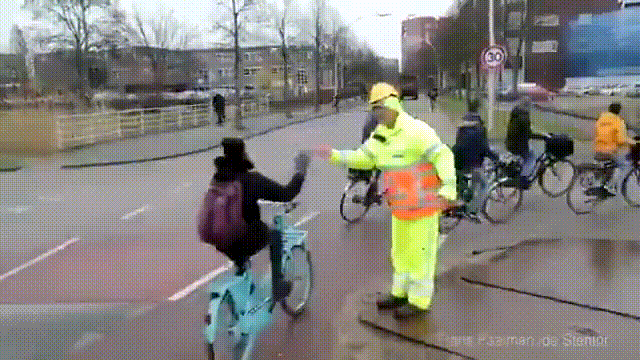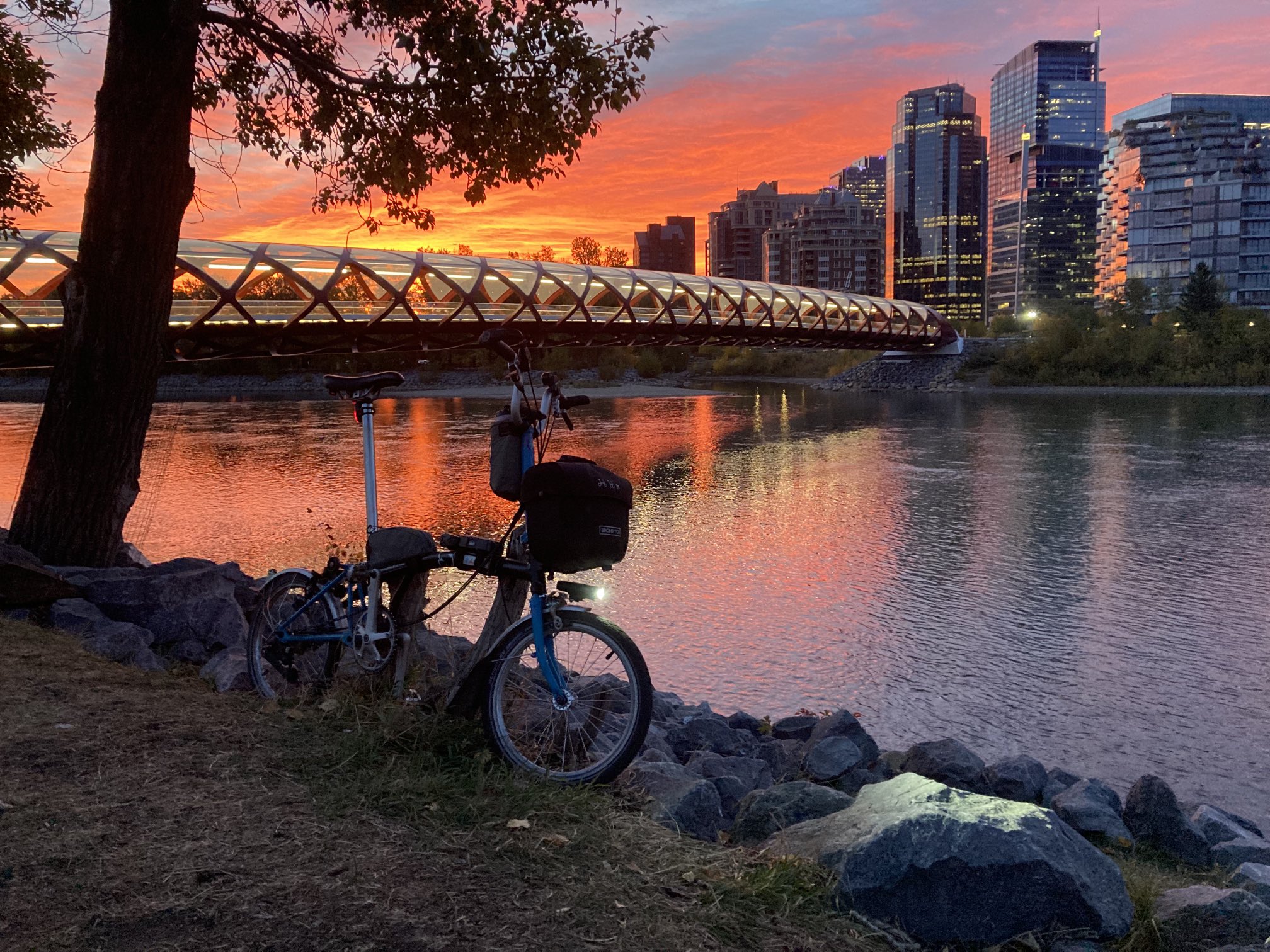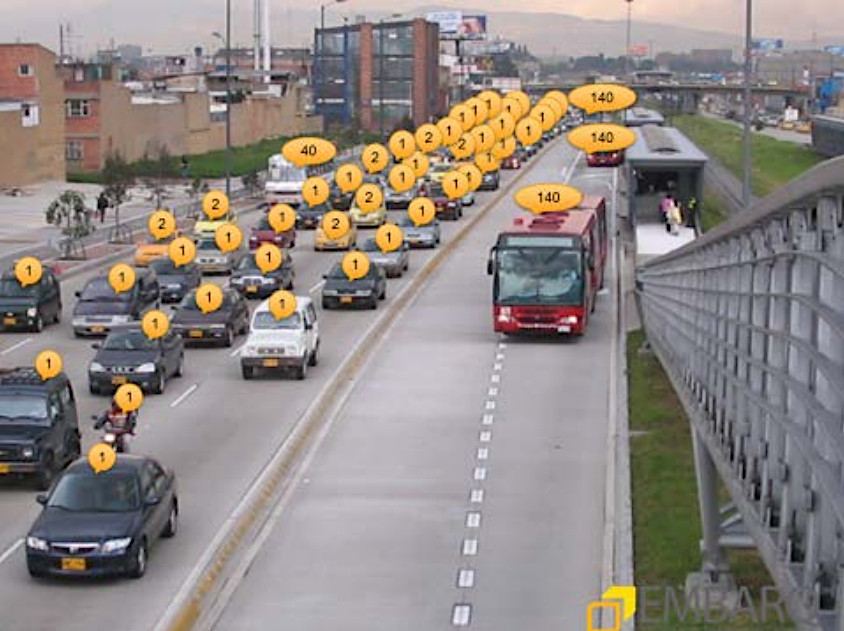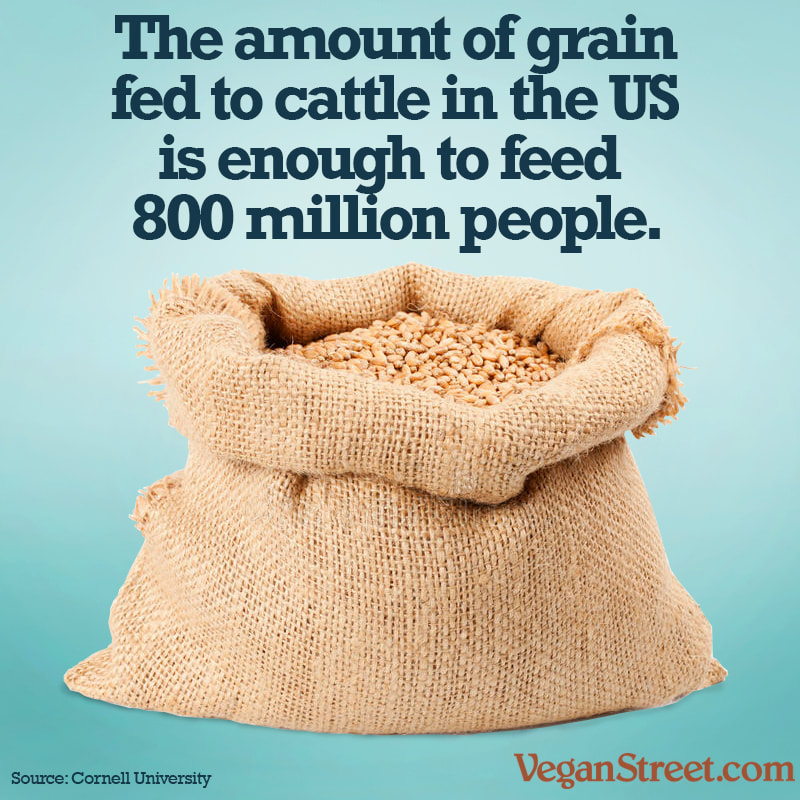Just imagine what it’s like to commute to work and say hello to a random friend every single day.

So now that we know that there are some advantages, it would help to know what all of these things mean. Vegan, carfree, plant-based, car-light.
Are these just catchphrases that the eco-hippies use? Do you have to watch ‘Portlandia’ to understand them?
Of course not. That’s what I’m here for.
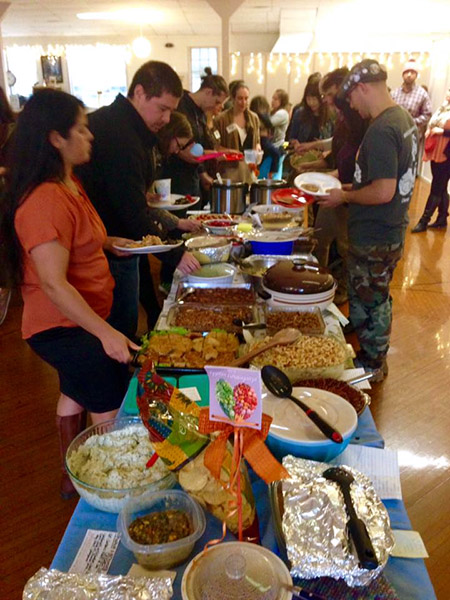
Plant-based, or as YumUniverse calls it ‘plant-powerful,’ means that food comes from plants (sounds obvious I know). Whether it’s a veggie-burger, hummus, pizza, oatmeal with bananas, or a fruit smoothie.
It just means that the food is made from only plants, with no ingredients that come from animals. Some people go further and suggest a ‘whole-foods plant-based lifestyle’ which uses plants in their natural form (after all, oreos are vegan).
However, like ‘eco-friendly,’ vegan can have different meanings for different people. Most people consider a person vegan when they don’t consume animal flesh, but also do not wear clothing with leather or fur. Some people also believe that living a fully compassionate lifestyle includes avoiding things like airplanes and plastic, as I do.
Beauty
What is the first thing that you think of when you hear this word? Is it a really gorgeous man or woman? Well I’m going to cover that too. But first a side note. What is it that makes us like beautiful people, animals, or things? The best answer is because when there’s beauty, there’s also benefit for us (mainly health). A beautiful tree brings us healthy emotions (see the section below), a beautiful plant loaded with fruit helps us get vitamins and other nutrients, and a beautiful landscape helps us relax.
As for beautiful people, well, we evolved to see beauty as an expression of health. So when a person gets exercise, and eats good food then they often appear more beautiful.
In western cultures where unhealthy diets are the norm, it’s less common to see people who look beautiful beyond their 20s. Obviously there are exceptions to this and obviously physical beauty (especially in people) is over prioritized. The important point here is that healthy lifestyles reinforce beauty, which is only one of the many benefits of eating well.
Even before I learned about veganism, I was impressed by the youthful shine that shows on the faces of people who eat healthy and stay active.
I’ll never forget a trip that I took years ago with a young couple, climbing through a small mountain area. I felt some struggle trying to keep up with these young 20 year olds and felt my own age as we climbed the hills. It was only a year later when I ran into one of them again that I found that he was in fact 30 years old. Since then I’ve noticed that vegan eaters and active cyclists look so much younger than other people who have a typical western lifestyle. (link) (link)
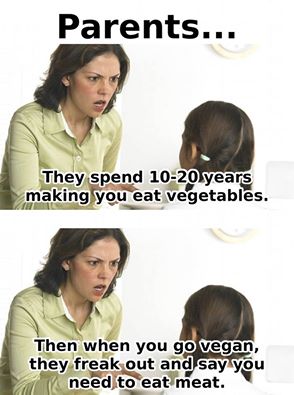
It’s ironic how closely aligned these healthy lifestyle choices are with living in respect for all life on our planet. It’s as if our bodies are subtly telling us that this is what we were meant to do all along.

From an interview with Mimi Kirk. She’s often asked if her looks are due to ‘lucky genes.’ However she staunchly points out that the rest of her family hasn’t shared her good fortune.
“My family’s health history is not great. One sister died of heart failure in her fifties. Two sisters died with cancer, only one sister is still living. My brother died at 29 of leukemia, my father had diabetes, Parkinson’s and other ailments and he died in his early sixties. My mother lived to be 95 but had high blood pressure, strokes, and heart problems, and lots of medications, whereas I do not take Prescription drugs.”
It isn’t that some people ‘can just do it’ or have ‘that kind of body,’ what is most often the case, is that these people devote serious energy in order to overcome lifelong habits in order to bring compassion front and center. I can certainly speak from experience about working through the cravings. I spent several years working to let go of my attachment to casein. When it comes down to it, we all can let go of damaging habits and develop wholesome solutions. All it takes is time and determination.
Car free spaces also bring us more beautiful surroundings. As Joni Mitchel said, we often don’t know what we’ve got till it’s gone.
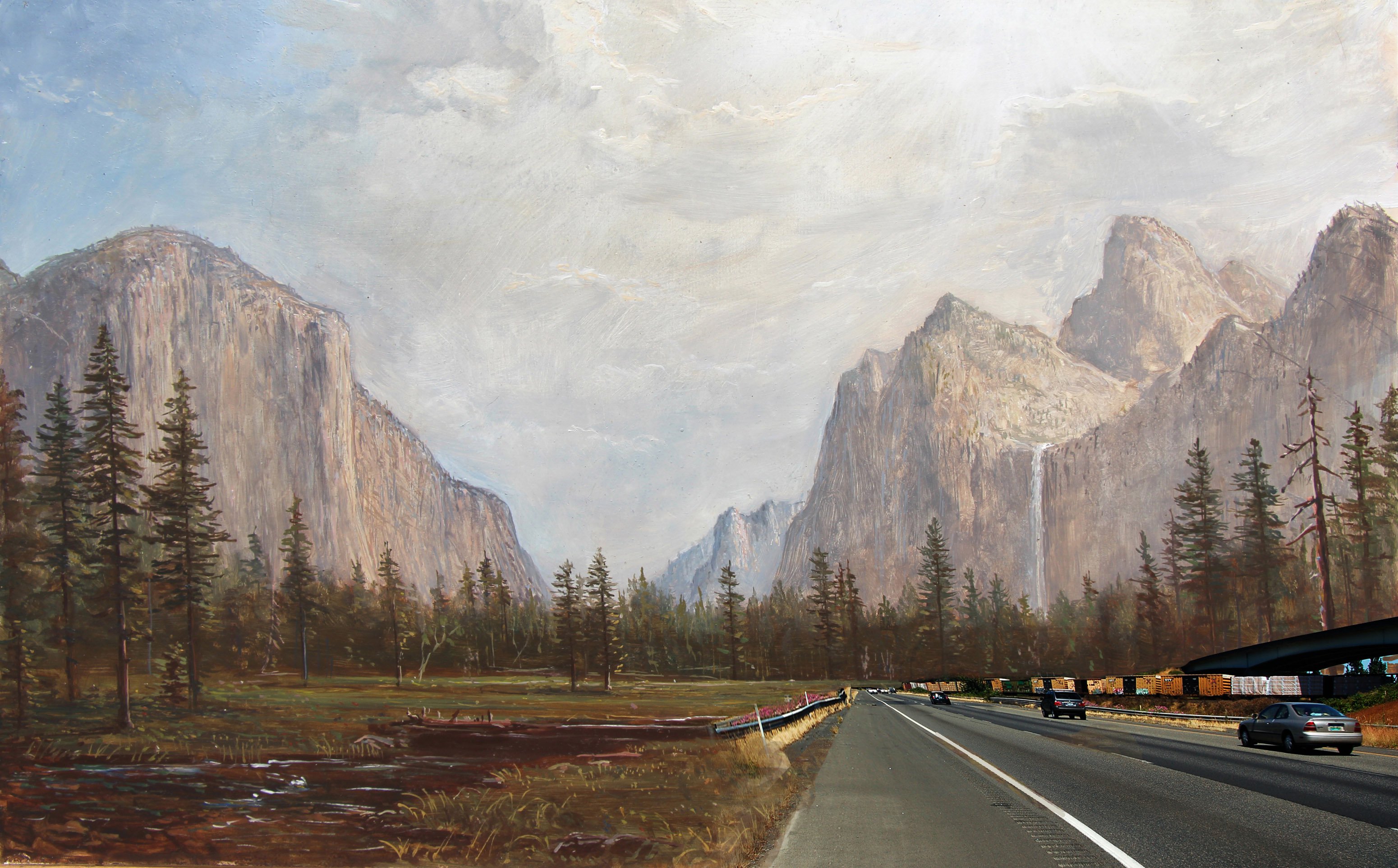
There are such a wealth of gorgeous natural areas that become damaged or destroyed when roads are built through them.
Just think, how many times have you looked on instagram and seen a gorgeous landscape photograph of a four lane highway?
By reducing car dependency, we can also reduce the blight of highways and allow spaces to be reclaimed for humans, trees, and natural landscapes.
Not only do we have more beautiful scenery in car free places but we can also enjoy that scenery more when freed of the confined enclosure.
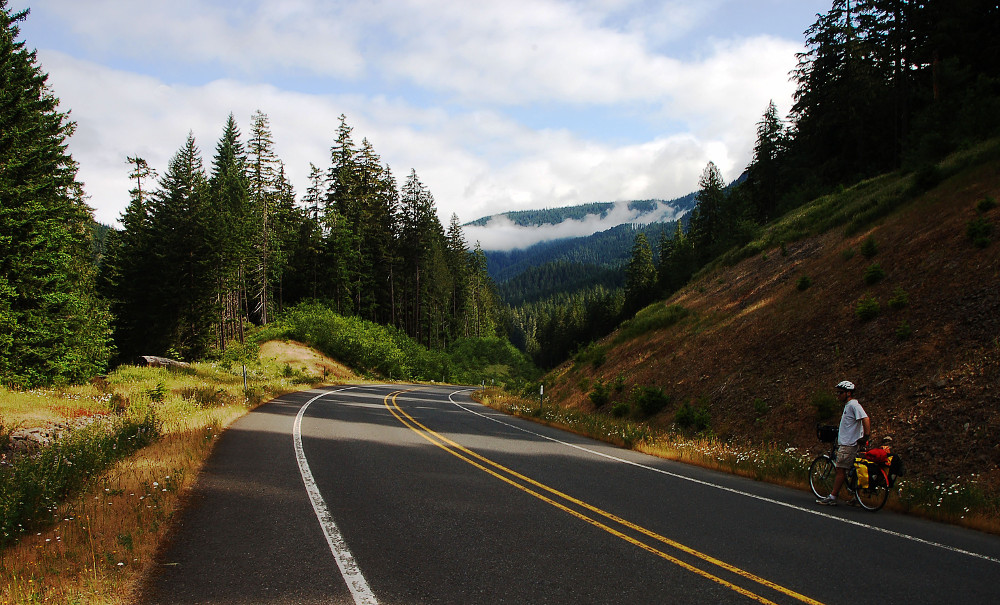
Without the constraints of a metal box, there is so much more of the outside environment that we can enjoy. (link)
Being Efficient
Another huge advantage to both lifestyles is efficiency. Whether it's space, fuel used, or embodied energy.
You might be surprised to learn that cars are actually the least efficient machines ever created for moving people around. (link) (link)
The average car wastes almost 90% of the energy it delivers from the gas tank to the wheels. On top of that, less then 1% of the energy used is actually needed to carry the driver of that car. (link) Instead of being used, that waste energy just gets turned into heat, making cities that much hotter in the summer.
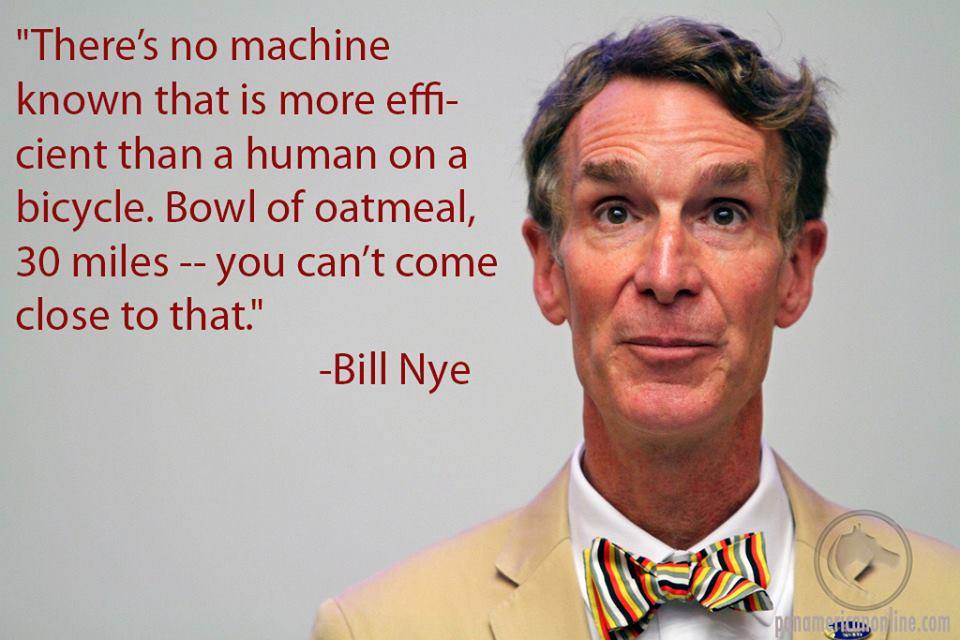
By contrast, a human on a bicycle has an efficiency estimated between 700 and 1000 miles per gallon (that’s comparing calories in food with calories in gasoline) yes, even electric bikes can do this. With a bicycle, our food is our fuel, which means that we can eat (within reason) anything that we want.
On top of the efficiency of space and fuel, bikes and walking also cause less damage to the road itself. I’m sure you can think back to the many times you were inconvenienced by having to wait for, or detour around road construction. Well these are more than just inconvenient. They cost A LOT of money. Resurfacing an arterial road costs $1 million per lane on one mile of roadway. (link)
| Rd. Dmg. | ||
| Hummer | 8,600lbs | 21.37 |
| Avg Car | 4000lbs | 1.0 |
| 'Smart' Car | 1800lbs | 0.41 |
| Hvy Cyclist | 300lbs | 0.00006 |
| Source | ||
| Vehicle Type | Vehicle Weight | Road Damage |
| Hummer | 8,600lbs | 21.37 |
| Average Car | 4000lbs | 1 |
| 'Smart' Car | 1800lbs | 0.41 |
| Heavy Bike Rider | 300lbs | 0.00006 |
| Source | ||
Compared to cars and trucks, a bicycle causes an infinitely small amount of damage. Using an ‘average’ 4000lb car as the baseline you can see the huge difference in the impact that each road user has on our cities.
Meanwhile, the efficiency of a plant-based lifestyle is mainly centered around the huge reduction in the amount of land and food used when raising animals to adulthood.
Whether an animal is eating grass or corn, the amount of food needed to raise a cow vastly outweighs (no pun intended) the yield. (link) A single cow in the United States will eat about 13 tonnes of food per year. And the return that a rancher gets for that is about 254 kilograms (560 lbs) of saleable meat.
With a vegan diet on the other hand, the food goes directly to people where it gets turned into human energy. This means that more people can be fed on the same amount of wheat, oats, rice, lentils, pasta, or potatoes.
Now that we understand the issues around climate change and all the benefits that we collectively enjoy. It’s time to look at the less obvious damage caused by continuing to use outdated lifestyle practices.
